- 022 315 8987
- info@myhomesconstruct.co.nz
Leaking gutter seams are a serious concern for Auckland homeowners, where heavy rainfall and coastal weather can turn a small drip into major property damage. Water escaping through a gutter seam can seep into your home’s foundation, cause mould growth, or damage exterior walls and landscaping. In a city known for its wet climate, addressing these leaks promptly is crucial. Gutter seams often leak due to wear and tear, poor installation, or the natural expansion and contraction of materials. While fixing a leaking gutter seam is a manageable DIY task for many, some situations—like multi-storey homes or extensive damage—call for professional expertise. This comprehensive guide provides step-by-step instructions for repairing a leaking gutter seam, along with preventative tips to keep your gutters in top shape. For complex repairs, My Homes Construct offers reliable gutter services across Auckland to ensure your home stays dry and secure.
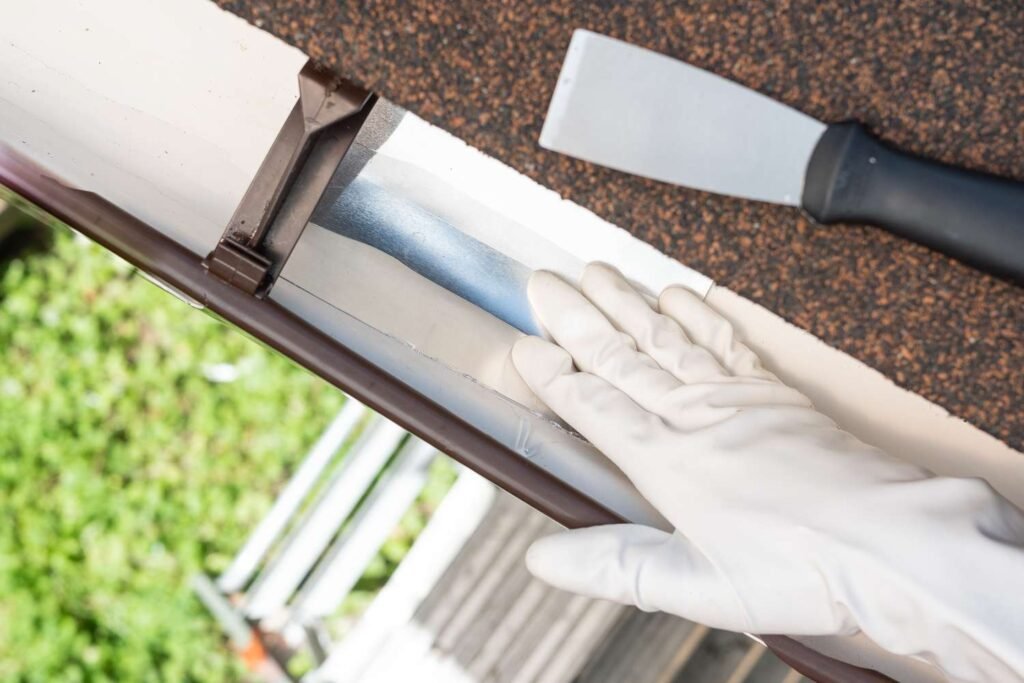
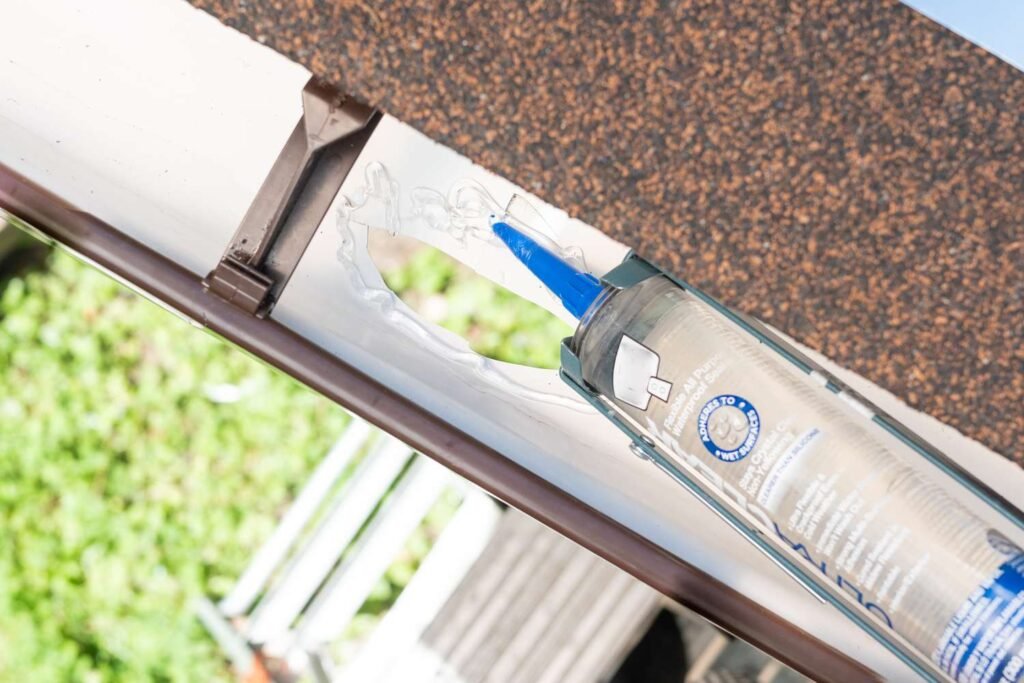
Auckland’s unique climate makes gutter maintenance a priority for homeowners. With an average annual rainfall of around 1,200 mm, according to NIWA, the city experiences frequent downpours, especially during winter and spring. Add to that the coastal salt air and high humidity, and your gutters face constant stress. A leaking seam can lead to:
Leaking seams are often an early warning sign of broader gutter issues. Addressing them promptly not only prevents costly repairs but also ensures compliance with Auckland Council’s drainage guidelines, which emphasize effective roof runoff control. For DIYers, fixing a seam can be a cost-effective solution, but for more complex problems, professionals like My Homes Construct can provide lasting results.
Understanding the root cause of a leaking gutter seam helps you apply the right fix and prevent recurrence. Here are the primary reasons seams fail in Auckland homes:
Identifying the cause is key to a successful repair. For example, if rust is the issue, you’ll need to address corrosion before sealing. If debris is the culprit, regular cleaning can prevent future leaks.
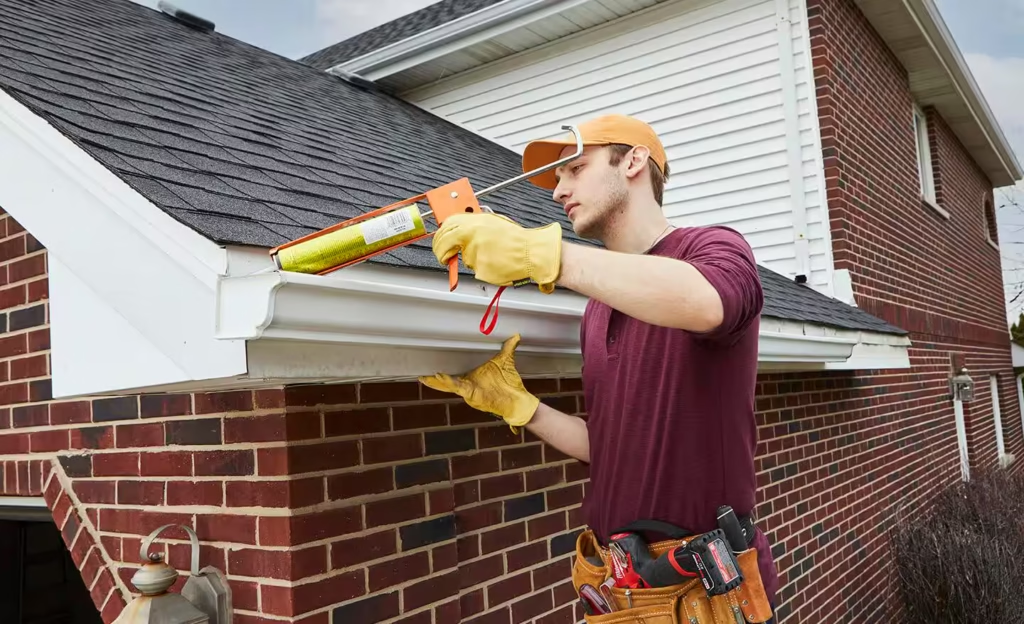
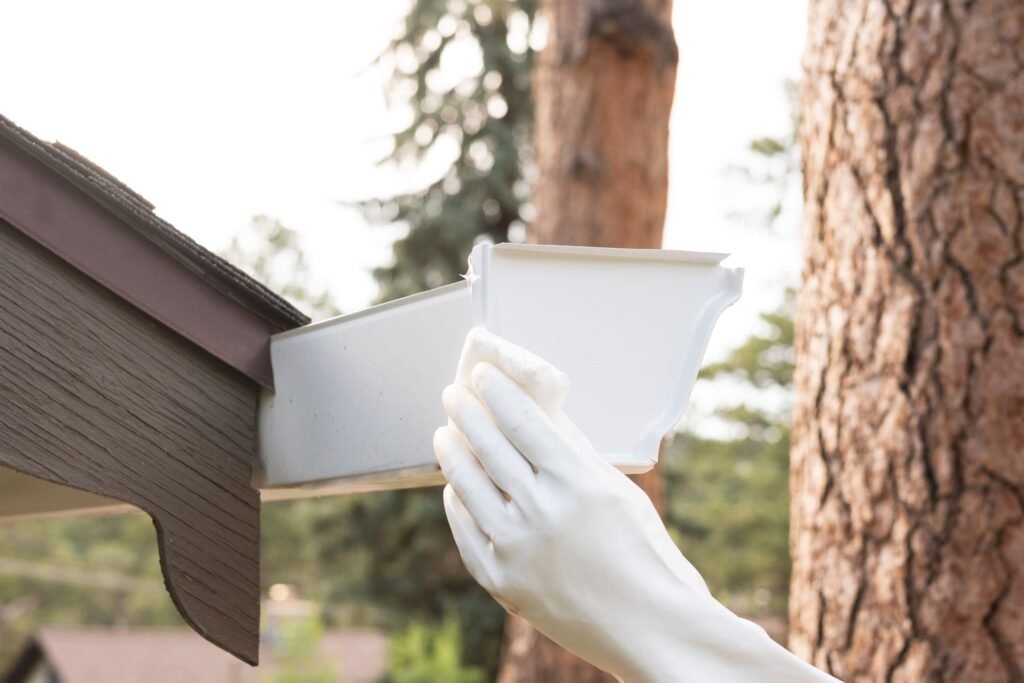
The type of gutter system on your Auckland home can influence seam leaks and the repair approach. Here’s a breakdown of common gutter types and their vulnerabilities:
Each material requires specific sealants and repair techniques. For instance, silicone-based sealants work well for aluminium and vinyl, while copper may need specialised products. Knowing your gutter type ensures you choose the right materials for a lasting fix.
Before starting your repair, gather these tools and materials to ensure a smooth process:
Tip: Source materials from local Auckland hardware stores like Mitre 10 or Bunnings, which stock sealants and tools suited for NZ’s weather. Look for products labelled for “marine environments” to handle Auckland’s coastal conditions.
Follow this detailed guide to repair your leaking gutter seam and restore your system’s functionality. Each step is tailored for DIYers, with safety and effectiveness in mind.
Working at heights can be dangerous, especially in Auckland’s often-wet conditions.
Callout: Never overreach while on the ladder; reposition it as needed to stay balanced and safe.
Debris, dirt, and algae can prevent a good seal, so thorough cleaning is essential.
A clean surface ensures the new sealant adheres properly, creating a watertight bond that withstands heavy rain.
Old sealant or rust can compromise your repair, so take time to prep the seam properly.
This step ensures the new sealant bonds effectively, preventing future leaks.
Sealant won’t adhere to a wet surface, so drying is critical for a successful repair.
A dry surface allows the sealant to cure properly, ensuring a durable, leak-proof seal.
Now it’s time to seal the seam and stop the leak.
Tip: Choose a sealant rated for flexibility and UV resistance, as it can handle the expansion and contraction of gutters in Auckland’s variable climate.
If the seam has separated or the gutter is loose, securing it prevents future leaks.
Proper alignment ensures water flows smoothly, reducing stress on the seam and preventing overflow.
Testing confirms your repair is effective and prevents future damage.
Testing ensures your gutter can handle Auckland’s frequent downpours, protecting your home from water damage.
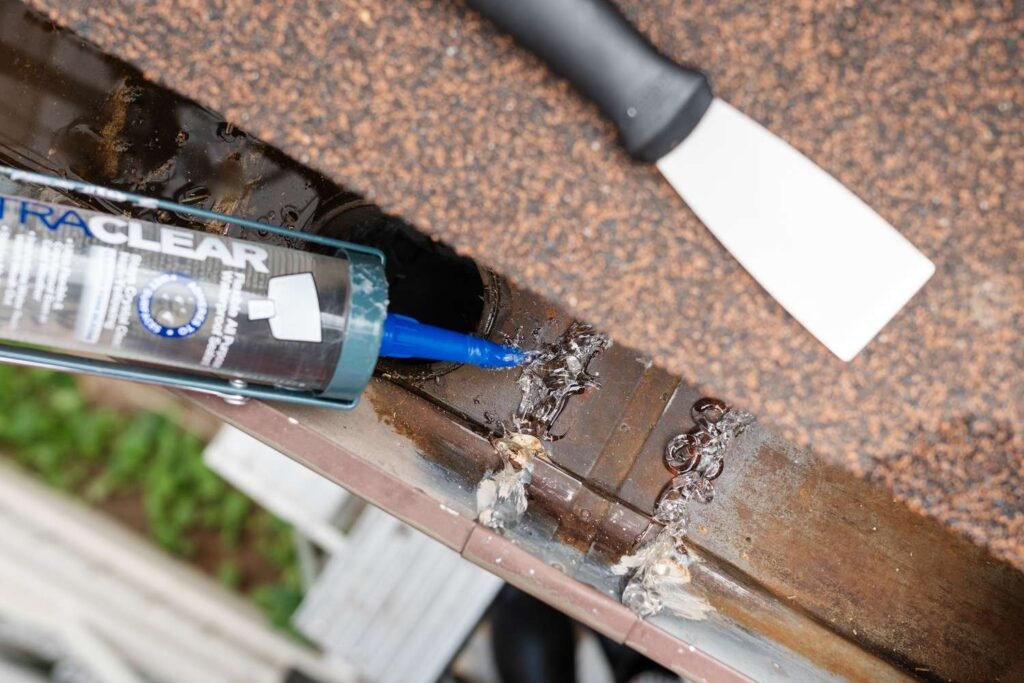
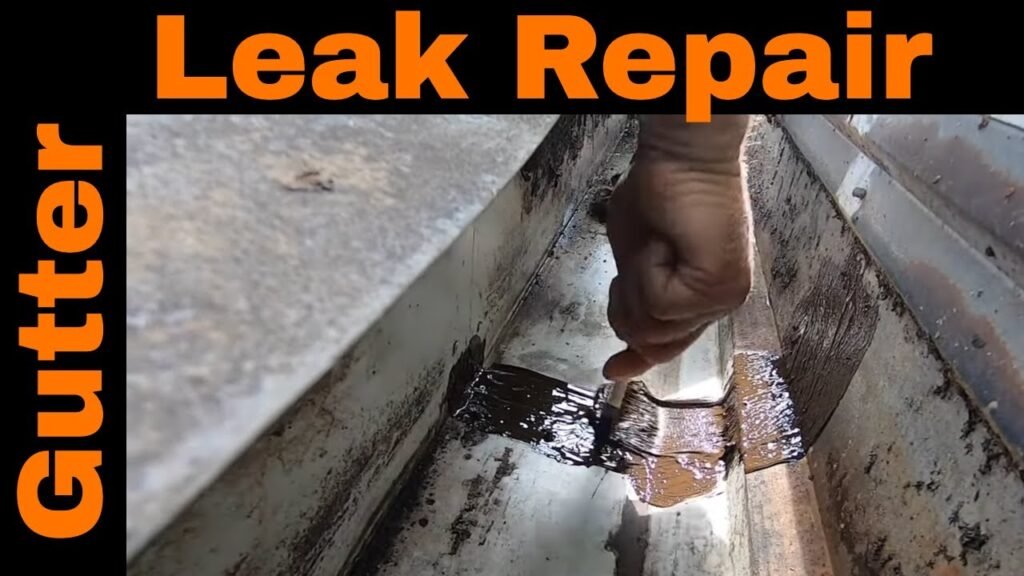
Preventing leaks saves time, money, and stress. Here are expert tips to keep your gutters in top condition:
Visual Suggestion: Include a diagram showing proper gutter slope and seam sealant application, or a before-and-after photo of a repaired seam for clarity.
While DIY repairs are great for minor leaks, some situations require professional expertise:
My Homes Construct offers expert gutter repairs in Auckland, delivering durable solutions with warranties for peace of mind. Our team ensures your gutters meet local standards while keeping your home safe.
Deciding between DIY and professional repairs depends on your skills, the extent of the damage, and your home’s layout. Here’s a detailed comparison to help Auckland homeowners choose:
For minor seam leaks on single-storey homes, DIY is a practical choice. But for complex issues or safety concerns, professionals like My Homes Construct provide long-term value and reliability.
Even experienced DIYers can make mistakes that lead to recurring leaks. Here’s what to watch out for:
Avoiding these pitfalls ensures a durable repair that withstands Auckland’s challenging climate.
Don’t let a leaking gutter seam compromise your Auckland home. My Homes Construct is your local expert for gutter repairs, installations, and maintenance. Our experienced team delivers durable, compliant solutions tailored to your property, from single-storey villas in Mount Eden to multi-level homes in St Heliers.
📞 Call us today: +64 22 315 8987
🌐 Visit: myhomesconstruct.co.nz
Trust us to keep your gutters leak-free and your home protected. Contact us for a free consultation and let us handle your gutter needs with professionalism and care.
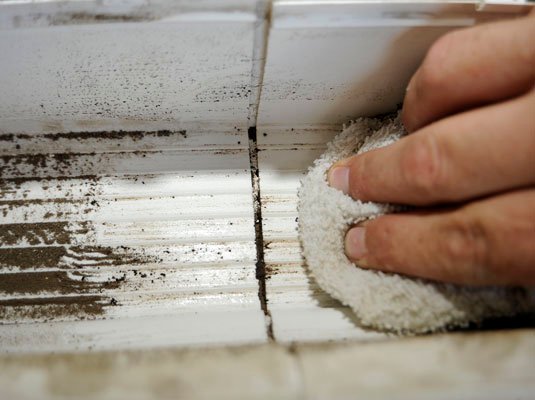
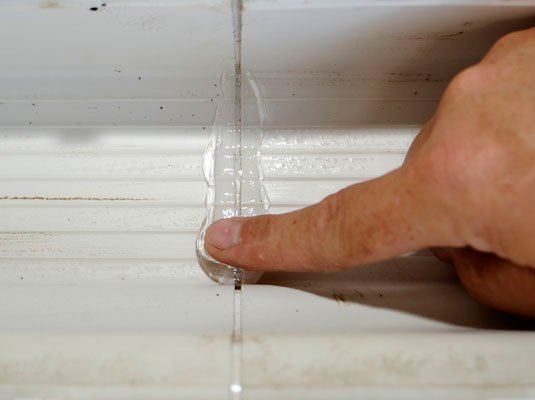
How long does gutter sealant last in Auckland’s climate?
High-quality silicone-based sealants can last 5–10 years, depending on exposure to rain, UV, and salt air. Regular inspections help catch issues early.
Can I fix a leaking seam without removing the old sealant?
No, old sealant prevents proper adhesion, leading to future leaks. Always remove it for a lasting, watertight repair.
What if my gutter seam keeps leaking after repair?
Check for proper drying, alignment, or underlying damage like rust. If the issue persists, contact My Homes Construct to assess the system.
Is DIY gutter repair safe for Auckland homeowners?
Yes, for single-storey homes, if you follow safety protocols like using a stable ladder. For higher roofs, professional help is safer.
How often should I inspect my gutters in Auckland?
Twice a year—before winter and after summer—to catch issues early, given Auckland’s wet and salty conditions.
Can I use any sealant for gutter repairs?
No, use a sealant rated for outdoor use, flexibility, and UV resistance, specifically designed for NZ’s weather.
Are gutter guards worth installing?
Yes, they reduce debris buildup, which can stress seams and cause leaks, especially in leafy Auckland suburbs.
What’s the best time of year to fix a gutter seam?
Late spring or early summer, when it’s drier, ensures better sealant curing and safer working conditions.
Fixing a leaking gutter seam is a practical DIY project that can save Auckland homeowners from costly water damage. This detailed guide equips you with the knowledge and steps to repair minor leaks, protect your property, and extend the life of your gutter system. Regular maintenance, high-quality materials, and proactive prevention are key to avoiding future issues. However, for larger problems, multi-storey homes, or tricky rooflines, professional help ensures safety and compliance with NZ standards.
My Homes Construct is here to support you with expert gutter repairs across Auckland. Call us at +64 22 315 8987 or visit myhomesconstruct.co.nz to schedule a consultation. Keep your home dry and secure with a leak-free gutter system—whether you tackle it yourself or let us handle the job!
WhatsApp us